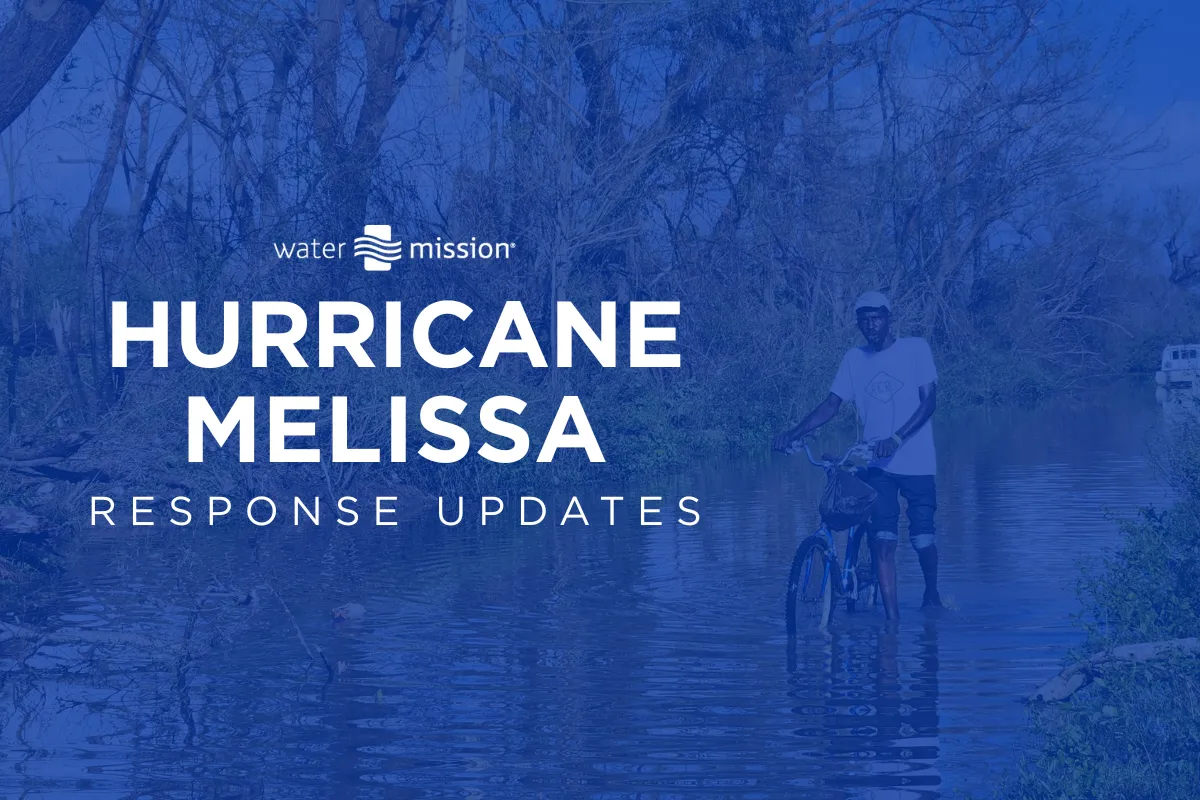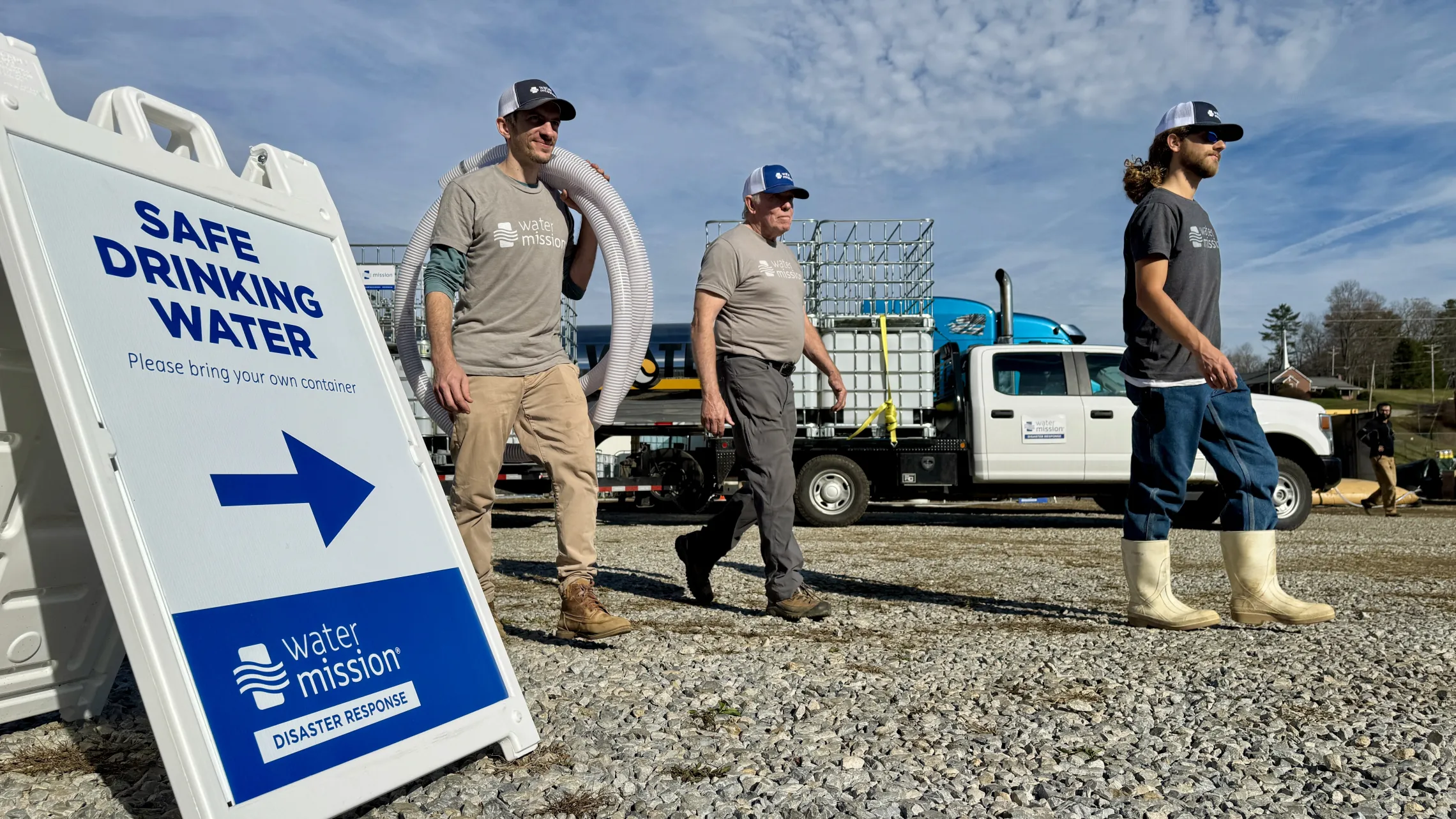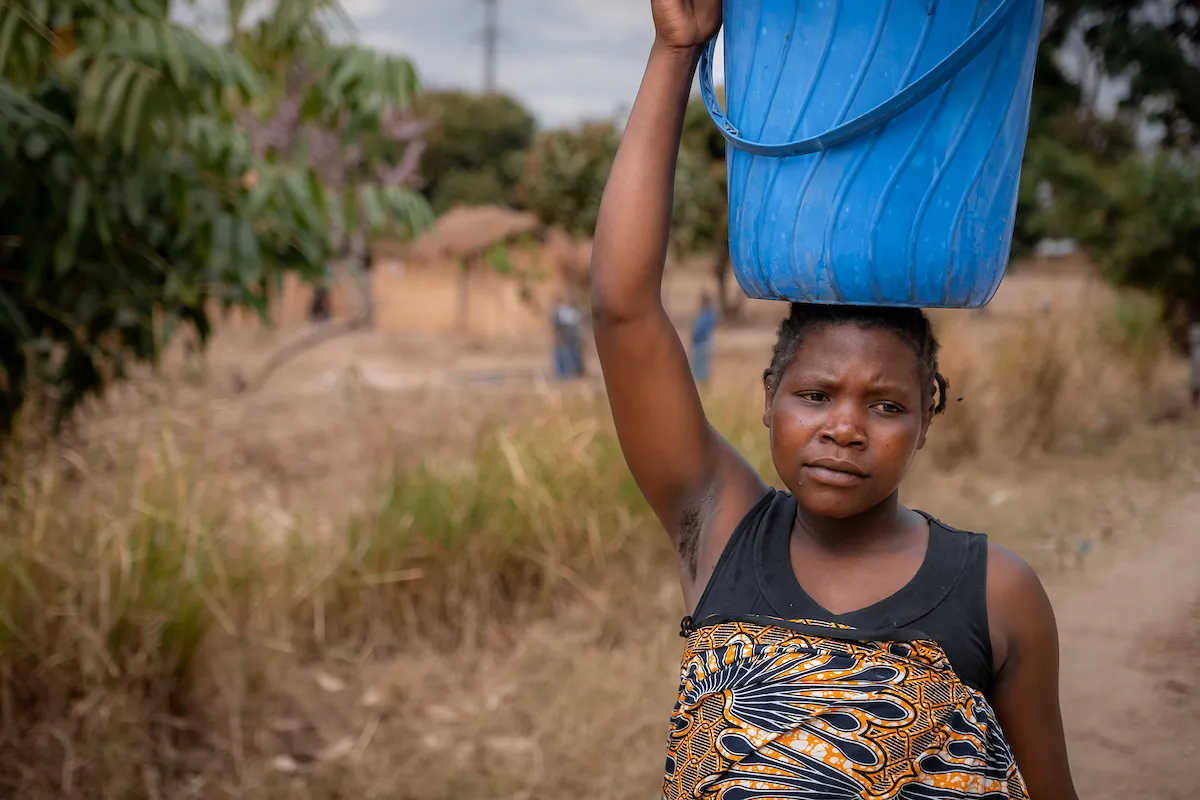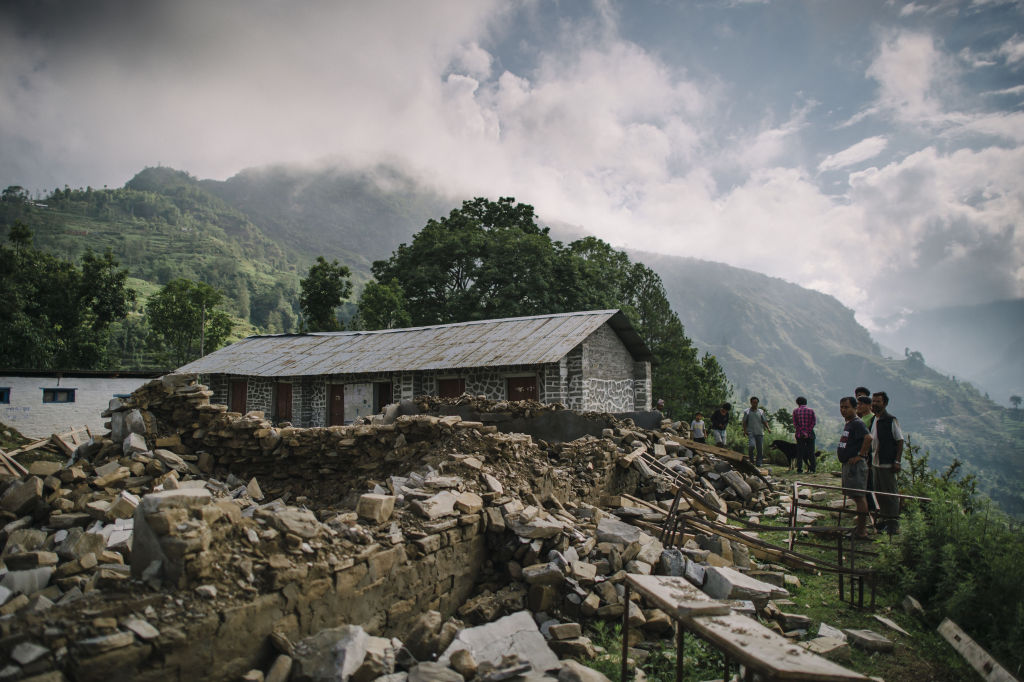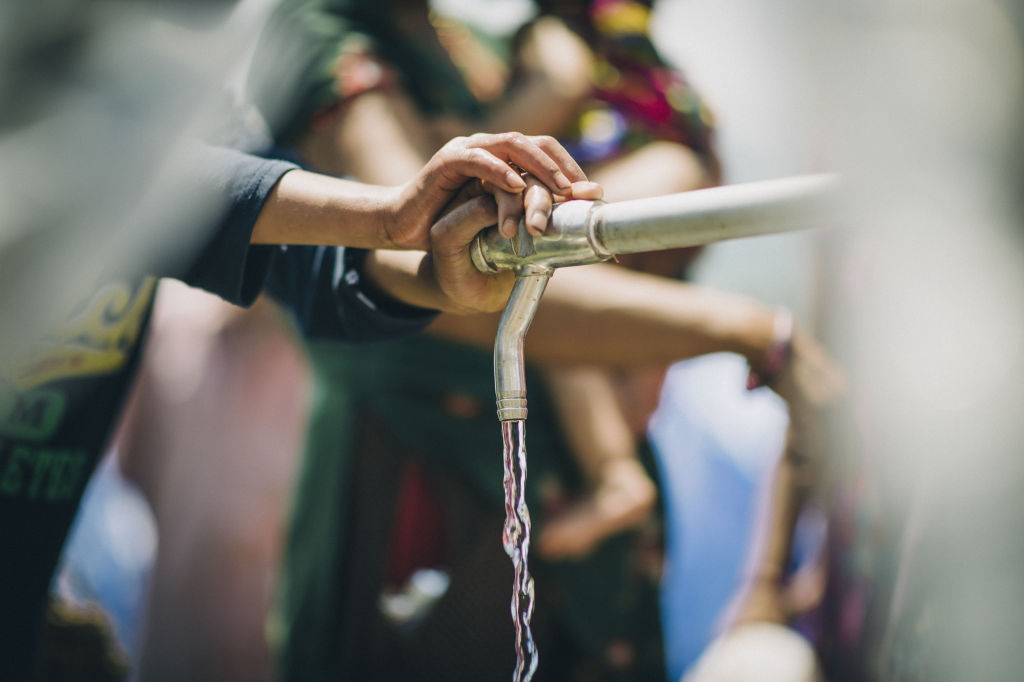Nepal Earthquake | A Scene of Hope
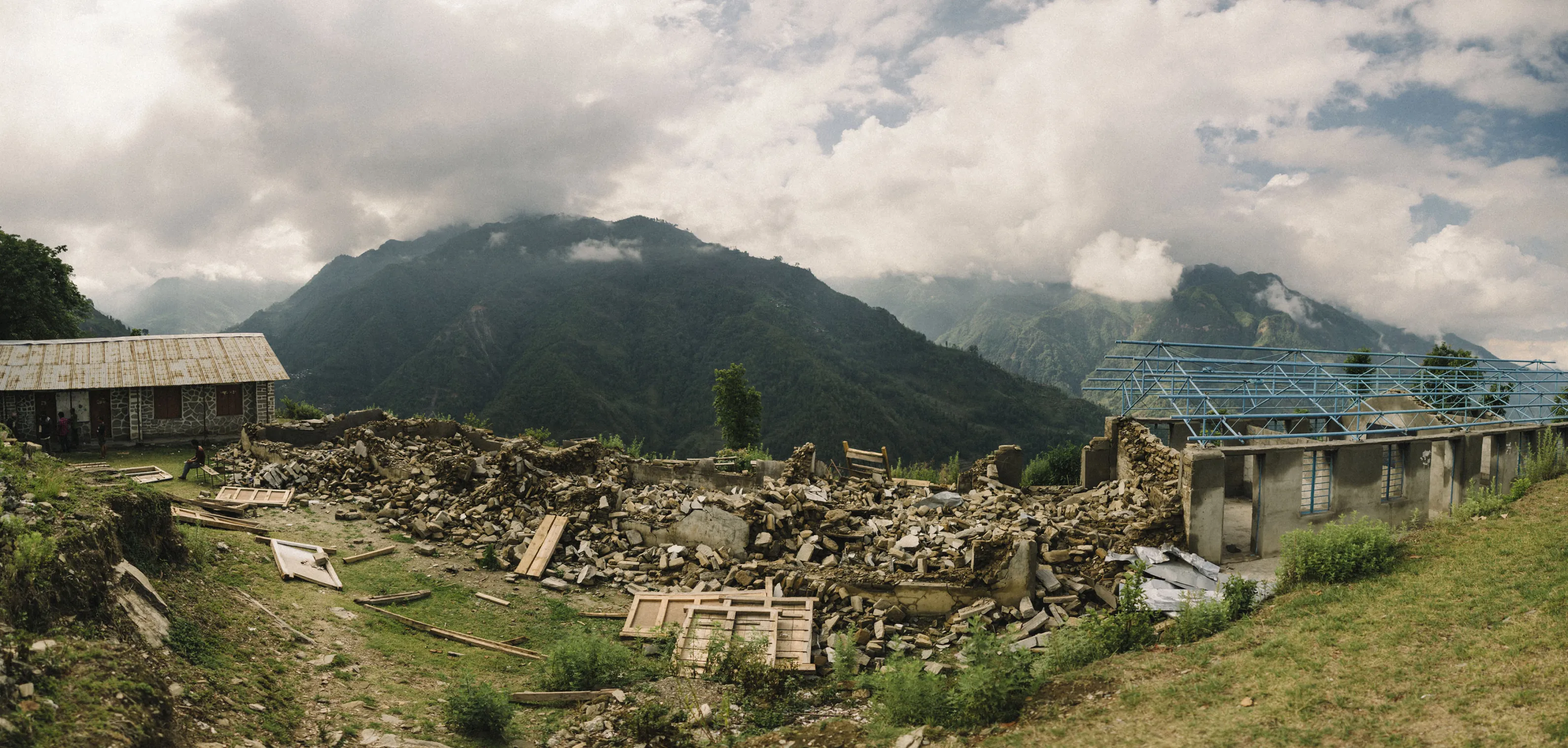
Thank God it happened on a Saturday.
Not that anyone wanted the April 2015 Nepal earthquake to happen at all, but when I hiked up to a school on a rocky outcrop in the mountain village of Thulodhading, about six hours by truck from Kathmandu, all I could think about was what would have happened had the earthquake hit when school was in session. Simply put, a huge number of children around Nepal would have died, including many of the 700 that attended class in what is now a massive pile of splintered wood and rock shard.
Of course, I was not thinking about any of this enroute to Nepal. The trip started with the odd occurrence of seeing the world’s tallest building and world’s tallest mountain in the span of a few hours, something that’s never happened to me in all my travels as a crisis photojournalist. Yet that “peak” experience was no match for what I found in the incredible natural beauty of the Himalayas and the resiliency of the Nepali people. And truth be told, when I made that short trek up the path to where the destroyed school was, I was not expecting the scene that appeared before me. I had been told by the villagers that there was some earthquake “damage” up on the hill, and that I should go see it. And my first glimpse of it was just a cracked corner of a typical classroom building. Not so much. I’d seen a lot worse.
Then I rounded the corner and took in the real scene of what the earthquake had done there. Not only had it leveled most of the school, but it had created a foot-wide fault running along the entire site that threatened to send the whole hilltop down the mountain. This was an unsafe place that was never going to be reclaimed as a school compound. But because of the people who were with me, this was not a scene of destruction—it was, oddly enough, a scene of hope.
When I walk onto a scene, no matter where in the world it happens to be, I have my “antennas” up, surveying the area and looking for shots that will tell the story behind the story. But I was overwhelmed when I walked into place on the hilltop, suddenly finding myself in the “zone” where my making photographs becomes more of an emotional response to what I am feeling versus a clinical response to what I am seeing. I couldn’t stop pressing the shutter. And I was having great interactions with these resolute people. It was what I live for in this line of work.
Moments like this make my job the best one in the world. Or so I’m frequently told by people who think being a photojournalist is a glamorous globetrotting always-on adventure. It’s not: the job is beset by long periods of boredom on planes and never-ending jetlag. But the net result is that I get to see the efforts of organizations like Water Missions International who are literally saving lives and impacting them for generations, and that makes everything worth it for me.
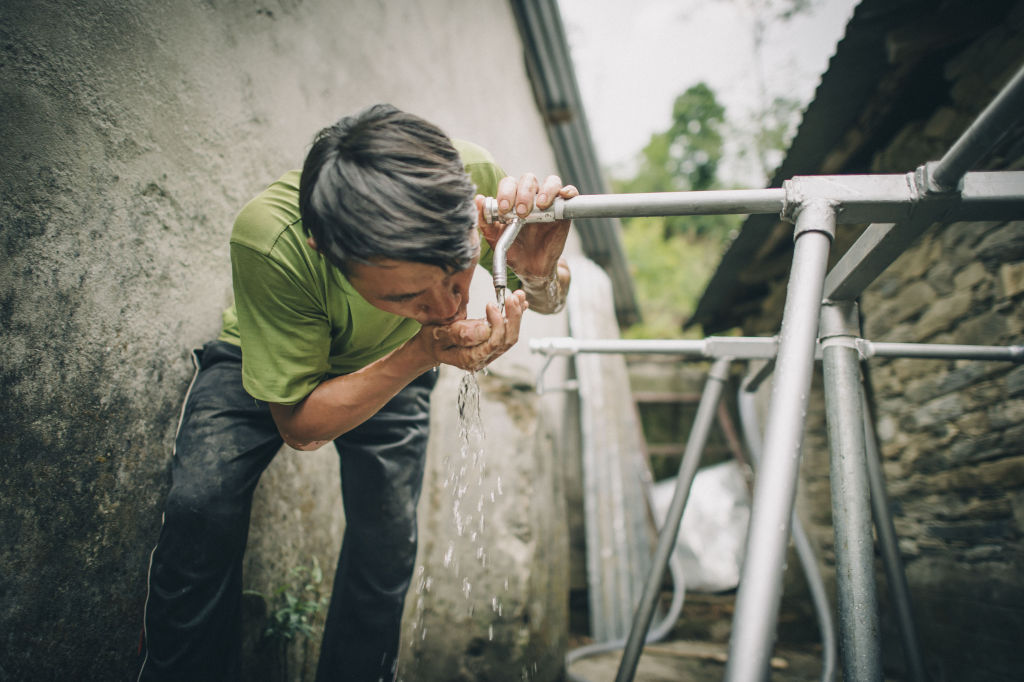
I saw and experienced this first hand in Nepal. Despite the rigors of getting there, camping out high in the hills of the Himalayas and witnessing great destruction, seeing the joy that clean water is delivering to people who are in great need of refreshment both in their bodies and in their spirits was a great privilege. Water Missions is doing this in a big way, and I’ll never forget it.
Related Impact Stories
